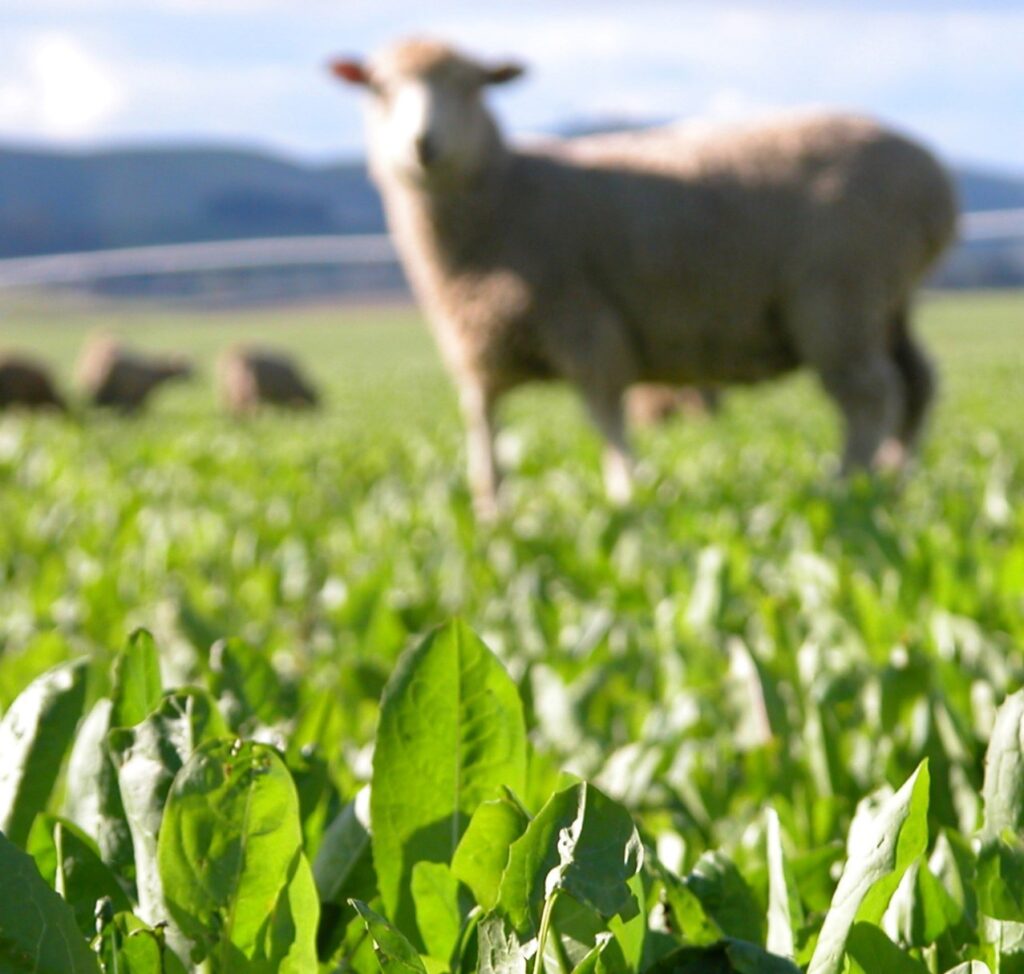In the evolving landscape of agriculture, the perception of certain plants has transformed from mere weeds to indispensable contributors to sustainable farming. As Dr. Gordon Rajendram aptly notes, “These herbs were considered weeds about 20 years or more.” Among these transformative plants, Plantain and Chicory have emerged as crucial players, challenging conventional notions and proving their worth in modern farming practices.
“These herbs were considered weeds about 20 years or more. These tend to take up more/ different nutrients than ryegrass/clover pastures only. It is better to have multi-species in a sward than just a few species such as ryegrass/clover.” – Soil Scientist Dr Gordon Rajendram
Plantain
Pasture Perfection:
Plantain has earned its stripes as a valuable component in pasture mixtures. Its adaptability to various soil types and climates makes it a resilient and dependable choice for farmers. When included in pasture mixtures, Plantain contributes to the overall nutritional content, providing a diverse range of vitamins and minerals for grazing livestock.
Soil Health Booster:
Beyond its role in animal fodder, Plantain acts as a natural soil conditioner. Its deep-rooted system helps in breaking up compacted soils, improving water infiltration, and enhancing nutrient cycling. This not only benefits the plant itself but also neighbouring crops, fostering a healthier and more fertile environment.
Medicinal Fodder:
Farmers often appreciate Plantain for its medicinal properties. Livestock grazing on Plantain may experience health benefits, as the plant is known for its anti-parasitic and anti-inflammatory properties. This dual-purpose functionality makes Plantain a holistic addition to farming practices.
Chicory
Versatile Crop:
Chicory, with its varied uses, has found a niche in farming systems. Beyond its role as an animal fodder, especially in drought-prone regions, Chicory is cultivated for its roots, leaves, and flowers. This versatility adds economic value to its cultivation, providing farmers with multiple avenues for utilisation.
Root Crop Harvest:
The young, scraped roots of Chicory are harvested and can be boiled, offering a nutritious supplement for livestock. Additionally, the roots have a unique application as a coffee substitute. Commercially, the roots are extracted, dried, roasted, and ground to produce a caffeine-free hot beverage, further expanding its market potential.
Fodder for Health:
As a drought-tolerant vegetable, Chicory is increasingly gaining popularity in New Zealand for animal fodder. When integrated with other herbs in pasture mixtures, Chicory contributes to creating nutritious forage, promoting overall livestock health.
Medicinal Applications:
Chicory doesn’t just stop at being a fodder crop. Its leaves and roots have medicinal applications, serving as remedies for jaundice, spleen problems, and inflammation. The infusion of dried Chicory root is utilized as a tonic, mild laxative, and diuretic, showcasing its diverse benefits beyond the realm of agriculture.
In conclusion, the journey of Plantain and Chicory from being deemed as weeds to agricultural allies echoes Dr. Gordon Rajendram’s wisdom. Embracing the concept of multi-species pastures, enriched by the inclusion of these transformative plants, stands as a testament to the evolving landscape of sustainable farming. As we continue to rewrite the narrative around these “former weeds,” we pave the way for a more resilient, nutrient-rich, and ecologically balanced future in agriculture.
Contact Dr Gordon Rajendram
021 466077
rajendram@xtra.co.nz
www.gordonrajendramsoilscientist.co.nz
Contact Phillip Quay
027 458 7724

